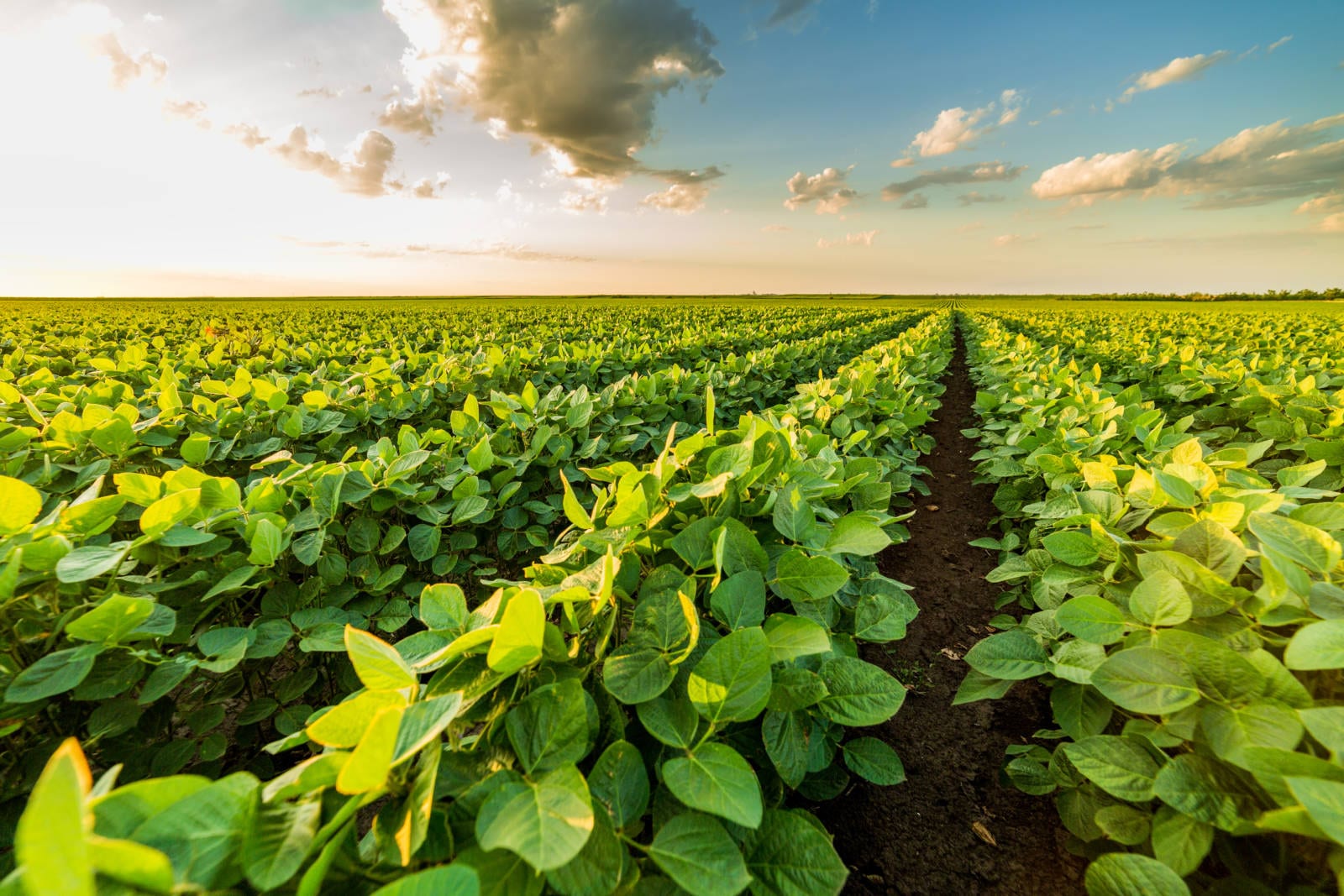To improve food security in Sub-Saharan Africa and many other regions of the world, agricultural production systems need to be transformed. With widespread support, the University of Illinois and the College of Agricultural, Consumer and Environmental Sciences (ACES) are championing efforts to improve the way we produce, enhance and deliver technologies needed to improve our food systems.
The Soybean Innovation Lab (SIL) at Illinois is improving the entire soybean value chain in Sub-Saharan Africa. SIL provides the evidence-based guidance, knowledge and innovations necessary to sustainably develop soybean production and utilization value chains in developing countries. This important work not only reduces food insecurity in Africa, but also spurs the economic growth necessary to produce a growing market for U.S. agricultural exports.
During a recent event on campus, we discussed SIL’s groundbreaking work to improve the nutrition of locally-produced complementary and weaning foods through the inclusion of soy protein. We were joined on this visit by Chancellor Dr. Robert Jones, ACES Dean Dr. Kim Kidwell, and members of the Realizing Increased Photosynthetic Efficiency (RIPE) team, as well as members from various agricultural organizations in the community, including local Champaign and Vermilion county farmers, Growmark, and representatives of the Illinois Farm Bureau and Illinois Soybean Association. RIPE has increased crop productivity by as much as 40 percent and recently developed plants that require 25 percent less water. Their work begins with a model crop that is easier and faster to study, and now they are translating these successes into key food crops such as cowpeas, cassava and soybeans.
During a food lab demonstration exercise, we combined various starches common in Sub-Saharan Africa such as millet, maize, and orange-fleshed sweet potato with an array of soy ingredients including soy flour, textured soy protein, and soy dairy products to create nutritious, affordable, and tasty complementary foods. SIL’s research examines the acceptability and feasibility of a soy-enriched complementary food containing soy flour and orange-fleshed sweet potato with mothers and weaning-age children in northern Ghana, and the results are promising.
As Subcommittee Chairman of the House Committee on Agriculture’s Subcommittee on Biotechnology, Horticulture, and Research, advancement in agricultural research is a priority for me. Research, such as that conducted at SIL, is necessary if we are to feed the world by 2050 and seeing these advancements first hand during my visit gives me hope that we can accomplish this goal.
SIL’s work is funded by the United States Agency for International Development (USAID), the US government’s leading agency for international humanitarian efforts, and Feed the Future, the US government’s global food security initiative.
Between 2009 and 2016, stunting within USAID’s 19 nutrition priority countries decreased from 40 percent to 34 percent. More than 27 million children under 5 were reached by nutrition interventions in 2016 alone. USAID’s investments to reduce stunting are also extremely cost-effective as every $1 spent on nutrition in the first 1,000 days of a child’s life can save an average of $45, and in some cases as much as $166.
Feed the Future has leveraged more than $830 million in direct private sector investment since 2011. We’ve also helped millions of smallholder farmers increase agricultural sales by nearly $2.6 billion and have unlocked $2.7 billion in loans for further business growth. Through a partnership between the private sector, African governments, development partners and others, which Feed the Future helped establish, the private sector has invested $2.3 billion in Africa’s agriculture sector. This investment helps promote the economic growth and development necessary to drive demand for U.S. agricultural products from a growing middle class.
Feed the Future’s research investments include 24 U.S. university-led Feed the Future Innovation Labs that are supported by over 70 top U.S. colleges and universities, international agricultural research centers housed under the CGIAR, and top U.S. researchers supported through the Department of Agriculture. Feed the Future has helped develop and deploy more than 900 innovations and is advancing a pipeline of 50,000 more to meet dynamic, and often unforeseen, changes that impact food security.
About the authors: Rodney Davis is in his third term in Congress serving the 13th District of Illinois, a 14-county district covering both urban and rural areas of Central and Southwestern Illinois. Rodney serves on the House Agriculture Committee, the House Transportation and Infrastructure Committee, and the House Administration Committee. As a member of the House Agriculture Committee, he serves as the Chairman of the House Agriculture Subcommittee on Biotechnology, Horticulture, and Research.
Dr. Goldsmith is a professor in the Department of Agricultural and Consumer Economics at the University of Illinois. USAID awarded him a grant in 2018 to lead the Feed the Future Lab in Soybean Value Chain Research, aka the Soybean Innovation Lab (SIL). Prior to directing SIL, Dr. Goldsmith spent 15 years conducting research on tropical soybean systems and agro-industrial development in Latin America.
